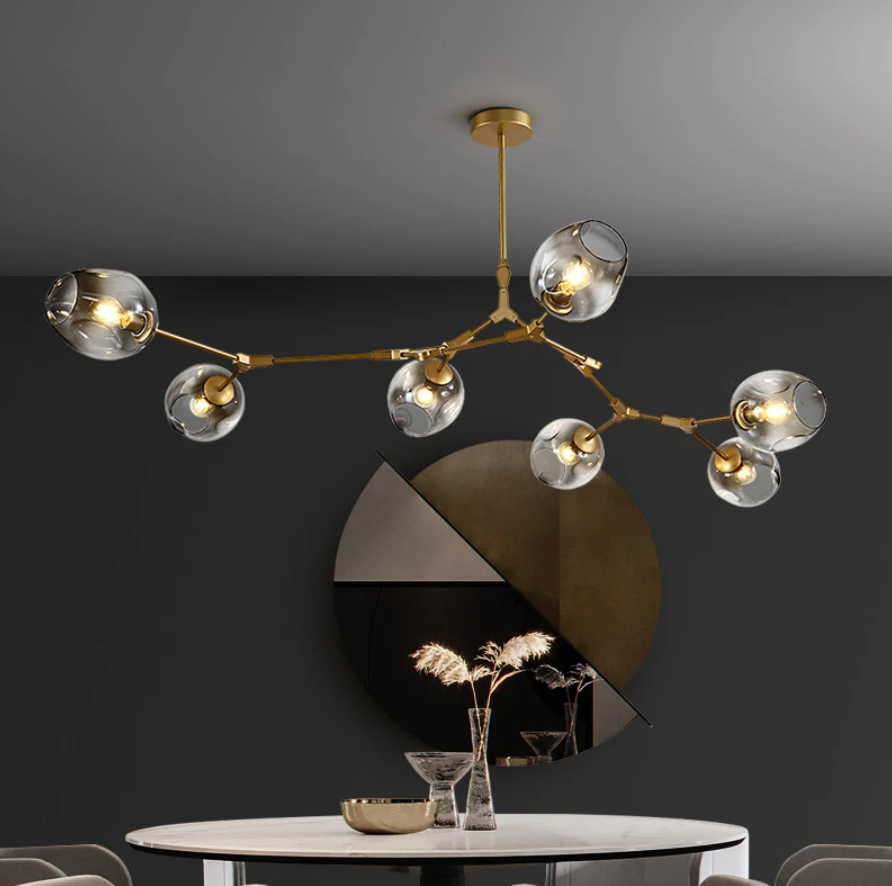
In a world bustling with constant stimuli, finding peace and tranquility within our homes has become a priority for many. In the pursuit of harmony, minimalism has emerged as a powerful interior design philosophy that advocates for simplicity, functionality, and the removal of excess clutter. This aesthetic approach not only beautifies our living spaces but also fosters a sense of balance and serenity, allowing us to reconnect with ourselves in an increasingly chaotic world.
The Essence of Minimalism:
At its core, minimalism is not just about decluttering or purging belongings; it is an ideology that encourages us to focus on the essentials, be it in design, architecture, or lifestyle. Stripping away unnecessary elements, minimalism highlights the beauty of negative space, enabling rooms to breathe and radiate a sense of calmness. By choosing only what adds value and purpose, we can create spaces that are visually appealing, functional, and easy to maintain.
Simplicity in Design:
Incorporating minimalism into interior design means opting for clean lines, neutral color palettes, and uncluttered layouts. Furniture with sleek silhouettes and natural materials, such as wood and stone, becomes the canvas upon which we can paint the story of our homes. Fewer decorative elements allow the room's architecture and well-chosen furnishings to take center stage, showcasing their intrinsic beauty without distractions.
Embracing Nature:
Minimalist design often finds inspiration in the natural world, embracing the calming influence of Mother Nature. By introducing greenery, organic textures, and natural light, we can infuse spaces with a sense of vitality and warmth. Large windows, for instance, invite the outdoors inside, blurring the boundaries between indoor and outdoor spaces, and creating a sense of continuity with the world around us.
Functional Spaces:
Minimalism goes hand in hand with practicality. A well-designed minimalist space maximizes functionality without sacrificing aesthetics. Storage solutions are seamlessly integrated into the design, ensuring that everything has its designated place and is easily accessible. Streamlined furniture with hidden compartments and multifunctional pieces enable us to live comfortably without compromising on style.
Mindful Curation:
To achieve true minimalism, the key lies in mindful curation. Each piece of furniture, artwork, and decor should be chosen with intention, reflecting the homeowner's personality and taste. By consciously selecting items that spark joy and resonate with our inner selves, we can create living spaces that feel personal and authentic.
The Impact on Well-Being:
Minimalism's impact extends beyond aesthetics; it positively influences our well-being. As our surroundings become more organized and serene, our minds find it easier to unwind and relax. Clutter-free spaces encourage a clearer thought process and reduce stress, leading to a more harmonious and fulfilling lifestyle.
Conclusion:
Embracing minimalism is an ode to the beauty of simplicity, allowing us to create spaces that are not only visually stunning but also promote a sense of tranquility and mindfulness. By stripping away excess, we give room for the essence of our homes to shine through, fostering an atmosphere of serenity and balance. As we embrace this design philosophy, we embark on a journey of self-discovery, finding solace and contentment within our thoughtfully curated spaces. So, let us step into the world of minimalism, where less truly becomes more, and where harmony is not just a dream but a daily reality.
Remember, beauty lies not only in the things we add but also in the things we choose to leave out.

